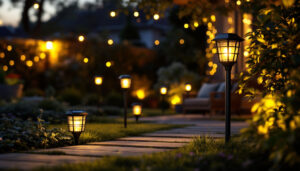
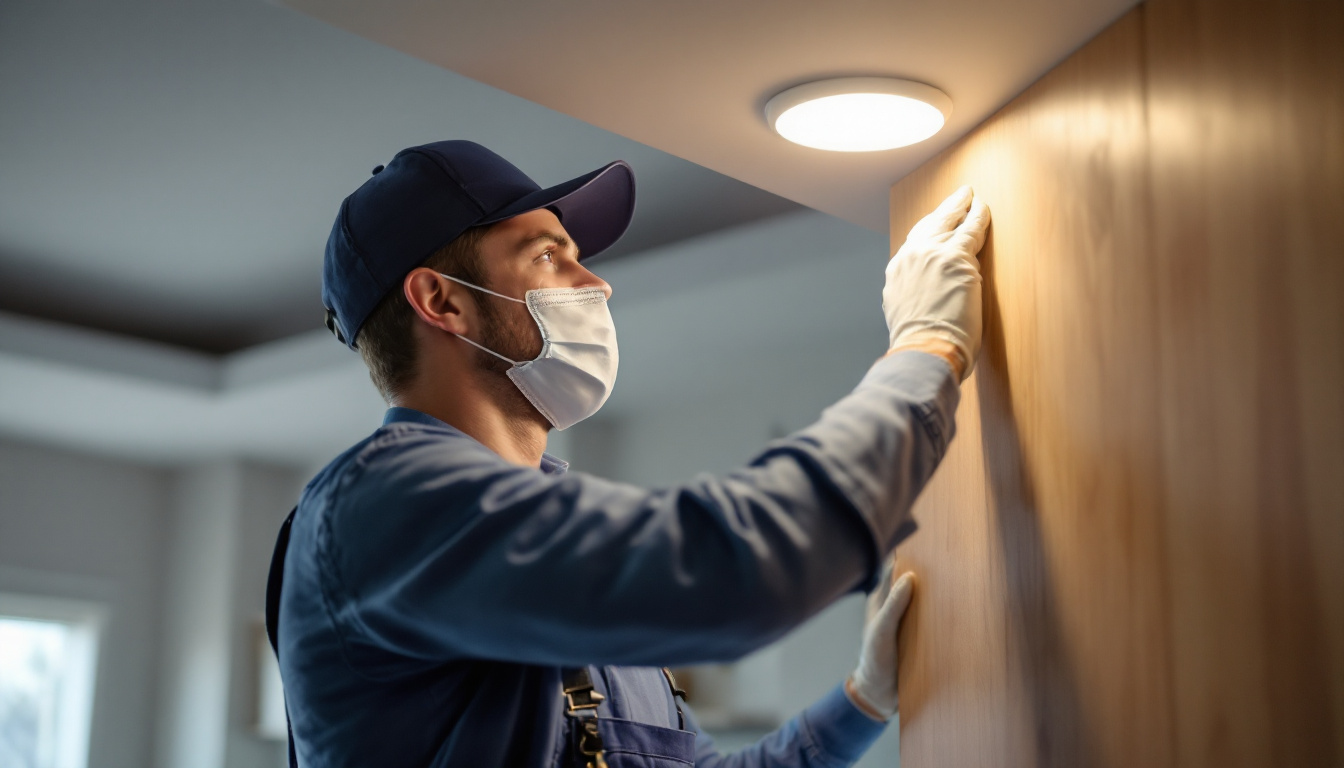
In the ever-evolving world of lighting design, recessed LED down lights have gained immense popularity among contractors and homeowners alike. These fixtures not only provide efficient illumination but also enhance the aesthetic appeal of spaces. However, lighting contractors often face various challenges when installing and maintaining these lights. This article explores common obstacles and offers practical solutions for lighting contractors to overcome them.
Recessed LED down lights, also known as can lights or pot lights, are fixtures installed into a hollow opening in the ceiling. They provide a clean, unobtrusive look while delivering focused light. With advancements in LED technology, these fixtures have become more energy-efficient and longer-lasting compared to traditional incandescent or fluorescent lights. The sleek design of recessed lighting allows for a seamless integration into various ceiling types, making them an ideal choice for modern interiors as well as classic designs.
One of the primary advantages of recessed LED down lights is their energy efficiency. They consume significantly less power than traditional lighting options, resulting in lower electricity bills for homeowners. Additionally, their long lifespan reduces the frequency of replacements, making them a cost-effective choice in the long run. Many recessed LED fixtures also come with dimming capabilities, allowing users to adjust the brightness according to their needs, which further enhances energy savings and creates the perfect ambiance for any occasion.
Another benefit is their versatility. Recessed lights can be used in various settings, from residential to commercial spaces, and can be installed in different configurations to achieve desired lighting effects. Whether used for ambient lighting, task lighting, or accent lighting, these fixtures can adapt to various needs and preferences. For instance, in a kitchen, recessed lights can provide bright illumination over workspaces, while in a living room, they can create a warm and inviting atmosphere when dimmed. Moreover, with a range of color temperatures available, homeowners can choose lights that complement their decor and enhance the overall aesthetic of their spaces.
Despite their advantages, lighting contractors often encounter challenges when working with recessed LED down lights. Understanding these challenges is the first step toward finding effective solutions. Some of the most common issues include installation difficulties, compatibility with existing systems, and ensuring adequate lighting levels. For example, improper installation can lead to issues such as flickering lights or inadequate airflow, which can affect the performance and lifespan of the fixtures.
Furthermore, lighting contractors must also consider the layout of the space and the intended use when determining the placement and number of recessed lights. Achieving the right balance of light is crucial; too few lights can leave areas dim and uninviting, while too many can create harsh shadows and glare. Additionally, contractors need to be mindful of the ceiling height and the type of trim used, as these factors can significantly influence the overall effectiveness of the lighting design. Addressing these challenges requires a combination of technical knowledge and an understanding of the client’s vision, ensuring that the final result meets both functional and aesthetic needs.
One of the most significant challenges in installing recessed LED down lights is ensuring proper placement and alignment. Incorrect positioning can lead to uneven lighting or shadows, diminishing the overall effect. Additionally, the installation process can be complicated by structural elements such as joists, ductwork, or plumbing. These obstacles not only complicate the physical installation but can also affect the electrical wiring, making it imperative to plan ahead to avoid costly modifications later.
To overcome installation difficulties, careful planning is essential. Before beginning the installation process, contractors should conduct a thorough assessment of the space. This includes measuring the ceiling height, identifying potential obstacles, and determining the optimal spacing between fixtures. Taking the time to sketch a layout can be beneficial, as it allows for a visual representation of the intended design and helps in anticipating any challenges that may arise during installation.
Using templates or guides can also streamline the installation process. These tools can help contractors visualize the placement of lights and ensure consistent spacing. Furthermore, investing in high-quality tools and equipment can make the installation smoother and more efficient. For instance, laser levels can provide precise alignment, while hole saws designed for drywall can help create clean cuts without damaging surrounding materials. Additionally, understanding the electrical requirements and ensuring compliance with local codes is crucial, as improper wiring can lead to safety hazards and may void warranties on the fixtures.
Another important consideration is the type of recessed lighting chosen for the project. Different styles and wattages can produce varying effects, and selecting the right type for the intended ambiance is vital. For example, warm white LEDs can create a cozy atmosphere in living spaces, while cooler tones may be more suitable for task-oriented areas like kitchens or offices. Moreover, dimmable options can offer flexibility in adjusting the lighting to suit different occasions, enhancing the overall functionality of the space.
Another challenge that lighting contractors face is ensuring compatibility between recessed LED down lights and existing electrical systems. Older homes may have outdated wiring or fixtures that do not support modern LED technology, leading to potential safety hazards or performance issues.
Before installing recessed LED down lights, it is crucial to assess the existing electrical system. This includes checking the wiring, circuit capacity, and compatibility with LED drivers. Contractors should also be aware of any local electrical codes and regulations that may affect the installation process.
If compatibility issues arise, contractors may need to upgrade the electrical system or use specific adapters to ensure safe and effective operation. Providing clients with clear information about the necessary upgrades can help manage expectations and facilitate smoother installations.
Achieving the right lighting levels is essential for any lighting project. Recessed LED down lights can sometimes produce uneven light distribution, leading to areas of over-illumination or under-illumination. This can be particularly challenging in larger spaces or rooms with varying ceiling heights.
To ensure adequate lighting levels, contractors should perform a lighting calculation based on the specific needs of the space. This involves considering factors such as the room’s size, purpose, and the desired ambiance. Utilizing software tools designed for lighting design can help contractors create accurate lighting plans and visualize the final outcome.
Additionally, selecting the appropriate lumen output for each fixture is crucial. Different areas may require different levels of brightness, and understanding the client’s preferences will aid in making informed decisions. By providing a range of options, contractors can cater to diverse client needs while ensuring optimal lighting conditions.
Client satisfaction is paramount in the lighting contracting business. However, clients may have concerns regarding the cost, energy efficiency, and aesthetics of recessed LED down lights. Addressing these concerns effectively can enhance the contractor-client relationship and lead to successful project outcomes.
One of the most common concerns clients have is the initial cost of purchasing and installing recessed LED down lights. Contractors should take the time to educate clients about the long-term savings associated with energy efficiency and reduced maintenance costs. Providing case studies or examples of previous projects can help illustrate the value of investing in quality lighting solutions.
Additionally, discussing the environmental benefits of LED technology can resonate with clients who prioritize sustainability. Highlighting the reduced carbon footprint and lower energy consumption can position the contractor as a responsible and forward-thinking professional.
The lighting industry is constantly evolving, with new technologies and design trends emerging regularly. Lighting contractors must stay informed about these changes to provide the best solutions for their clients. This includes understanding advancements in LED technology, smart lighting systems, and innovative design concepts.
Participating in workshops, seminars, and online courses can help contractors stay updated on the latest trends and technologies. Many manufacturers offer training programs that focus on their products, providing valuable insights into installation techniques and product features.
Networking with other professionals in the industry can also provide opportunities for knowledge sharing and collaboration. Joining industry associations or attending trade shows can facilitate connections and expose contractors to new ideas and innovations.
Incorporating technology into the lighting design and installation process can significantly improve efficiency and accuracy. From design software to project management tools, leveraging technology can help contractors streamline their workflow and enhance the overall client experience.
Design software specifically tailored for lighting can assist contractors in creating detailed plans and visualizations. These tools allow for the simulation of different lighting scenarios, helping clients visualize the final outcome before installation begins. This can lead to more informed decision-making and increased client satisfaction.
Additionally, using project management software can help contractors keep track of timelines, budgets, and communication with clients. This level of organization can enhance professionalism and build trust with clients, ultimately leading to repeat business and referrals.
Recessed LED down lights offer numerous benefits, including energy efficiency, versatility, and aesthetic appeal. However, lighting contractors must navigate various challenges to ensure successful installations and satisfied clients. By understanding common obstacles, implementing effective strategies, and staying informed about industry trends, contractors can overcome these challenges and thrive in the competitive lighting market.
Ultimately, the key to success lies in effective communication, continual education, and leveraging technology to enhance the client experience. By adopting these practices, lighting contractors can position themselves as experts in their field, delivering high-quality lighting solutions that meet the needs and expectations of their clients.
Ready to tackle your next lighting project with confidence? At LumenWholesale, we support your commitment to excellence by providing spec-grade recessed LED down lights that meet your every demand. Say goodbye to inflated markups and hello to top-quality lighting at unbeatable wholesale prices. With our extensive selection, free shipping on bulk orders, and no hidden fees, you can ensure your installations shine with reliability and performance. Elevate your lighting game and give your clients the best value by choosing Wholesale Lighting at the Best Value with LumenWholesale.
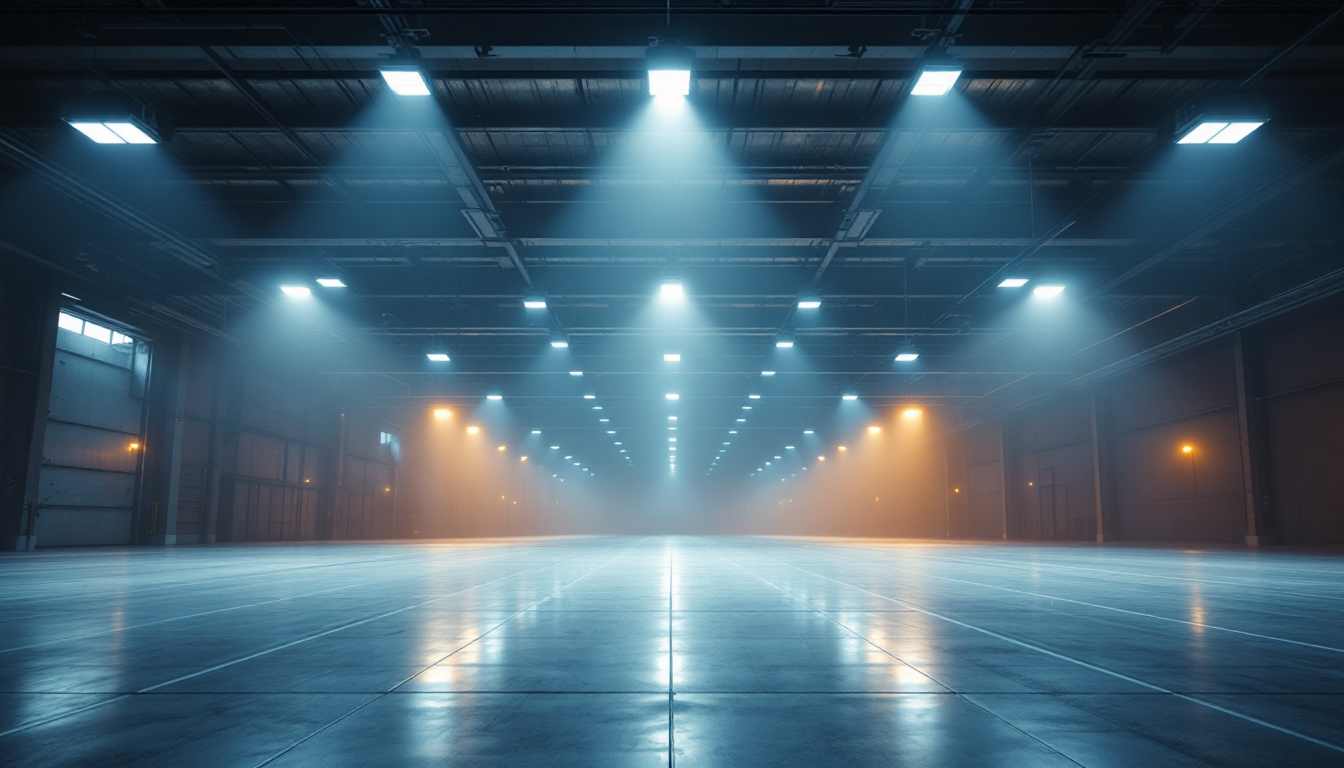
Discover the essential facts about 400W high bay lights that every lighting contractor needs to know.
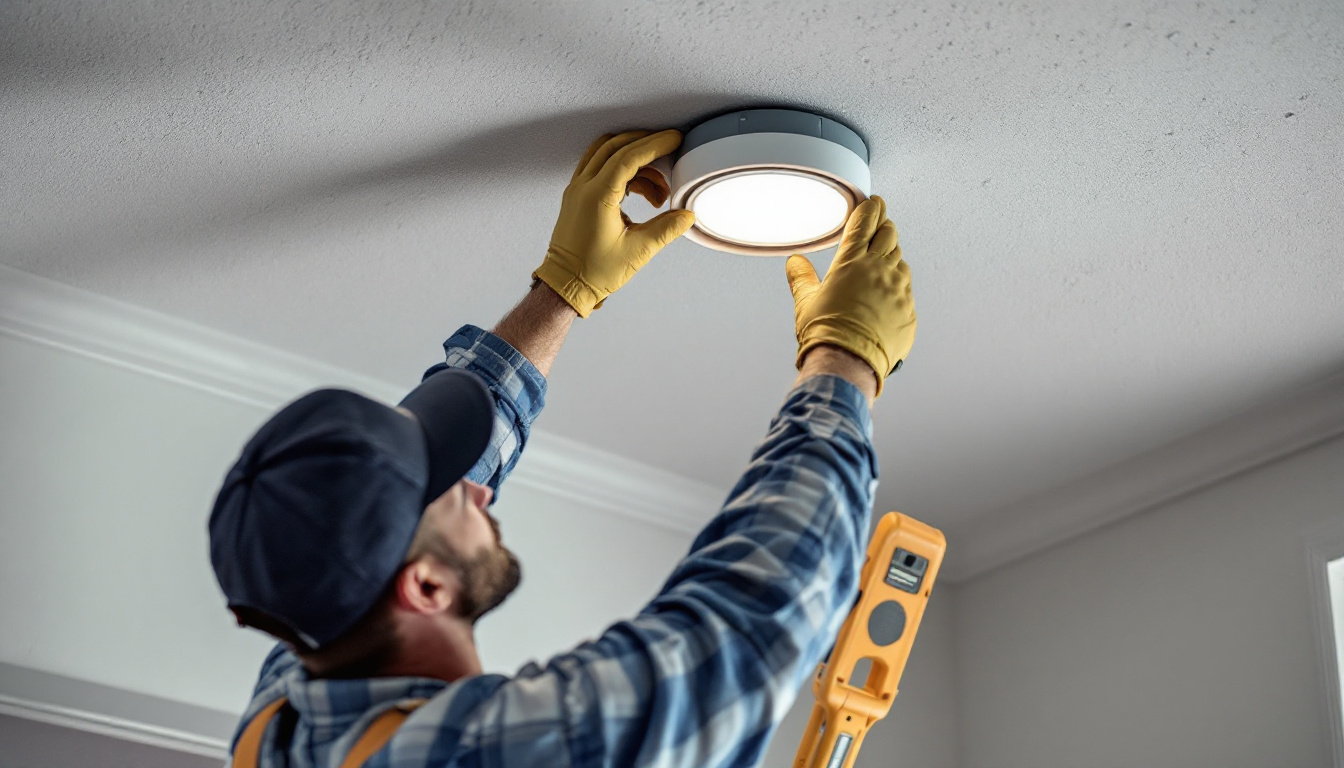
Discover essential tips for lighting contractors to prevent common pitfalls with canister light covers.

Discover essential tips and strategies for lighting contractors to effectively troubleshoot and prevent common issues with sensor lights.
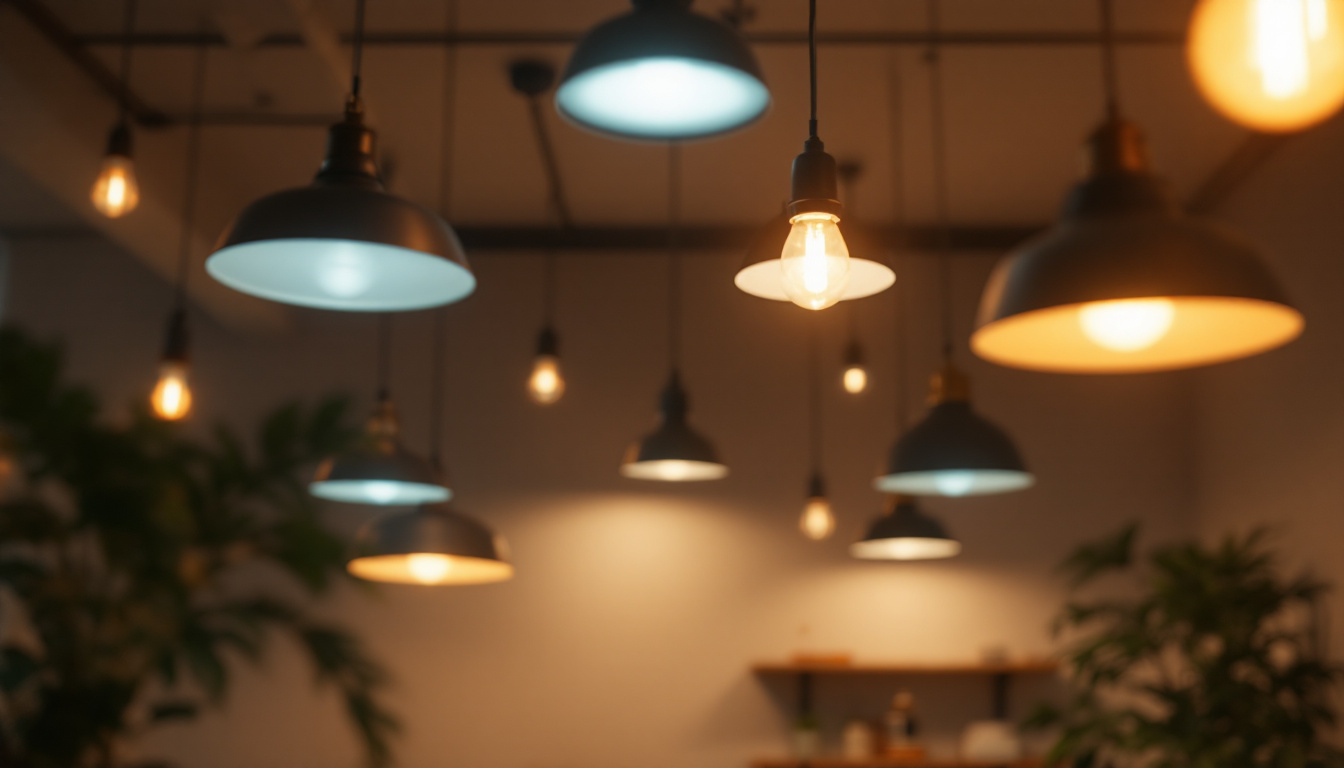
Discover the perfect lighting for your space with expert insights from top lighting contractors.
Get notified when NEW deals are released.
Optimize your budget with wholesale discounts.
Only top-quality, specification-grade lighting products.
No additional costs at checkout - what you see is what you pay.
We understand the unique needs of contractors.